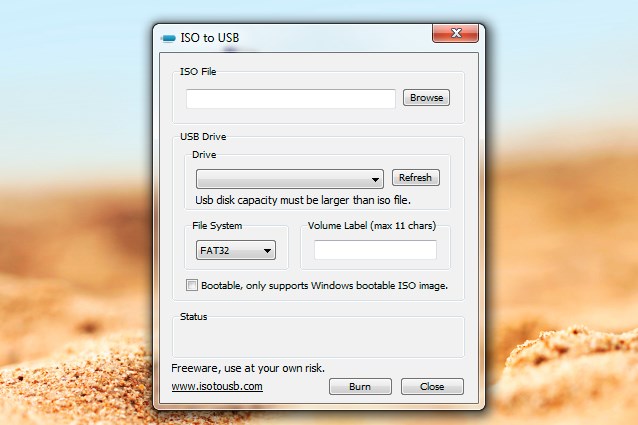Laravel Corcel info Corcel = A collection of Model classes that allows you to get data directly from a WordPress database.
DEMO site: Laravel Corcel Example – data from a WordPress
Are you interested? Write me: webeswork@yahoo.com
###############################################
ChatGPT: How get Categories in Laravel Corcel (WordPress Categories)?
use Corcel\Model\Term;
// Összes kategória lekérése
$categories = Term::where('taxonomy', 'category')->get();
// Minden kategória nevének kiírása
foreach ($categories as $category) {
echo $category->name . "
";
}
###################################
Corcel is a collection of PHP classes built on top of Eloquent ORM (from Laravel framework), that provides a fluent interface to connect and get data directly from a WordPress database.
You can use WordPress as the backend (administration panel) or CMS, for inserting posts, custom types, etc, and any other PHP app in the other side querying those data (as a Model layer). It’s easier to use Corcel with Laravel, but you’re free to use it with any PHP project that uses Composer.

###########################
Getting started with Corcel
https://hofmannsven.com/2021/corcel
Using Corcel in Laravel to CRUD WordPress Data
https://adevait.com/laravel/using-corcel-in-laravel
Use WordPress as a Headless CMS for your Laravel website
https://inovector.com/blog/wordpress-as-a-headless-cms-for-your-laravel-website
Laravel Corcel Manual:
https://github.com/corcel/corcel?tab=readme-ov-file#table-of-contents
If you want to retrieve a custom field created
you have to install the corcel/acf plugin – click here for more information – and call the custom field like this
https://github.com/corcel/acf
#################
WordPress migration to Statamic
https://www.luckymedia.dev/blog/wordpress-migration-to-statamic-v3-part-1
########################################
If your database table has so many rows, it is better to avoid paginate and do `simplePaginate` instead.
simplePaginate will not count the total no of rows and the query will be much faster than the paginate approach.

